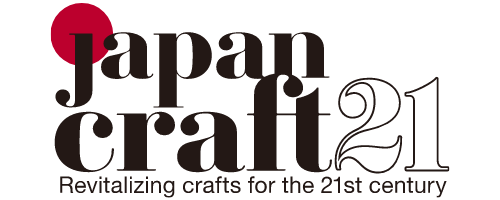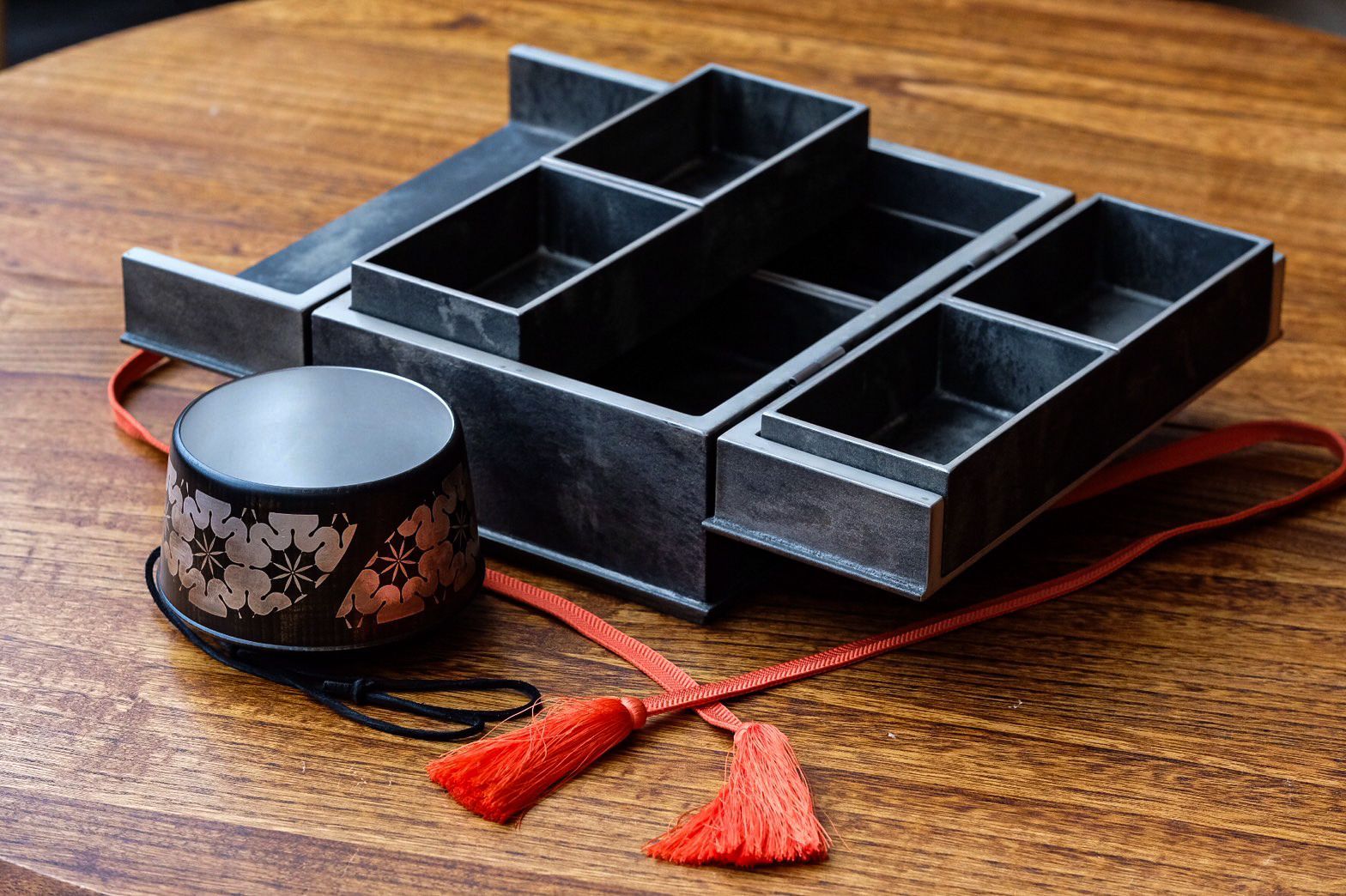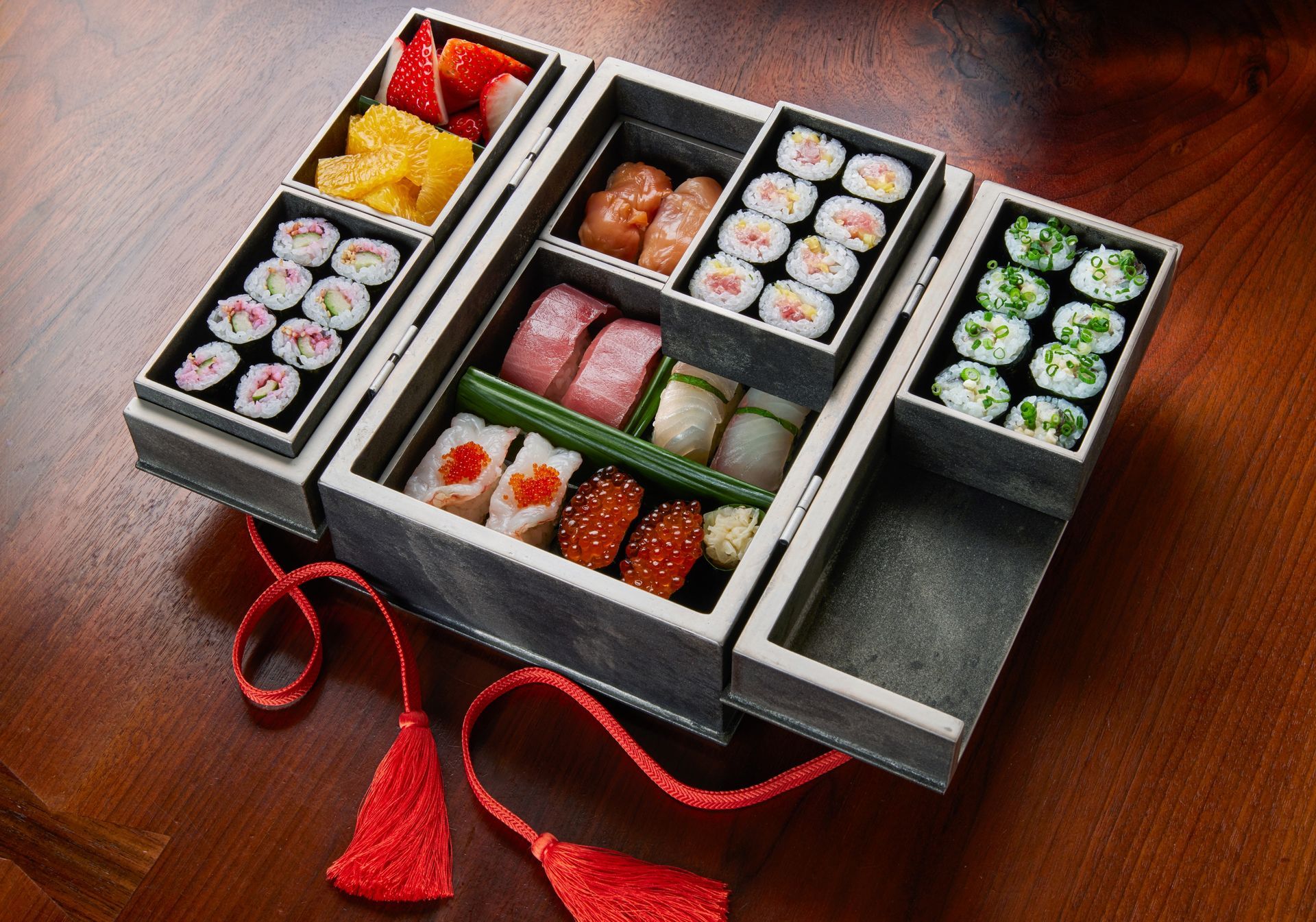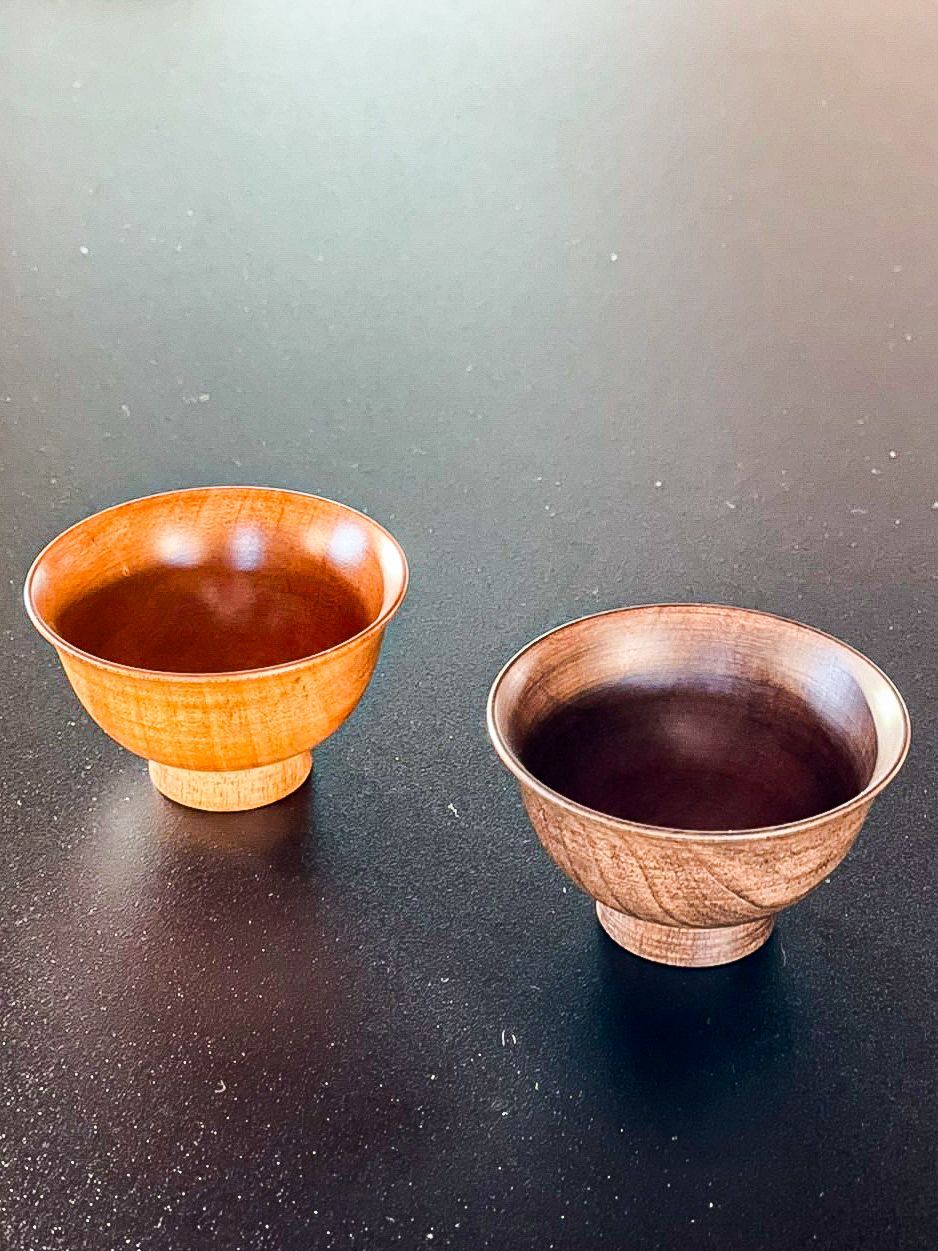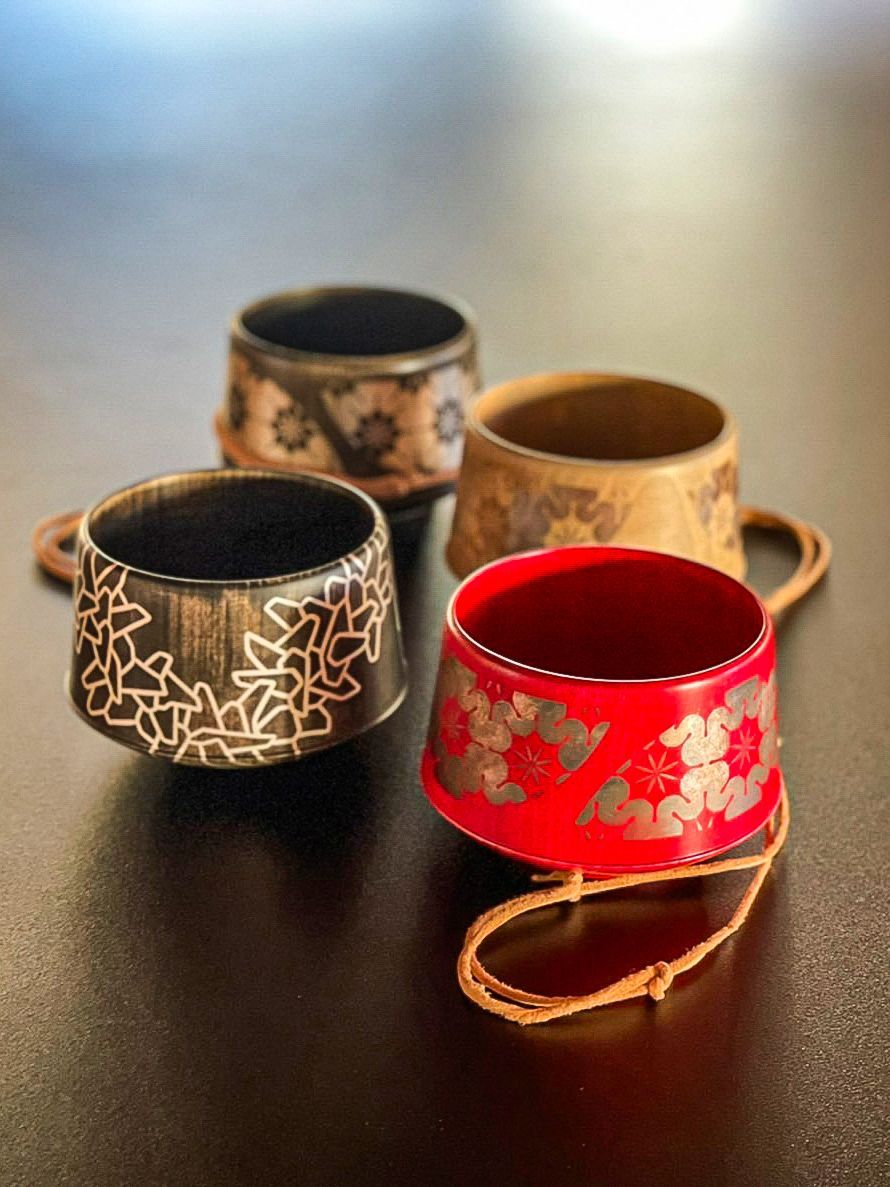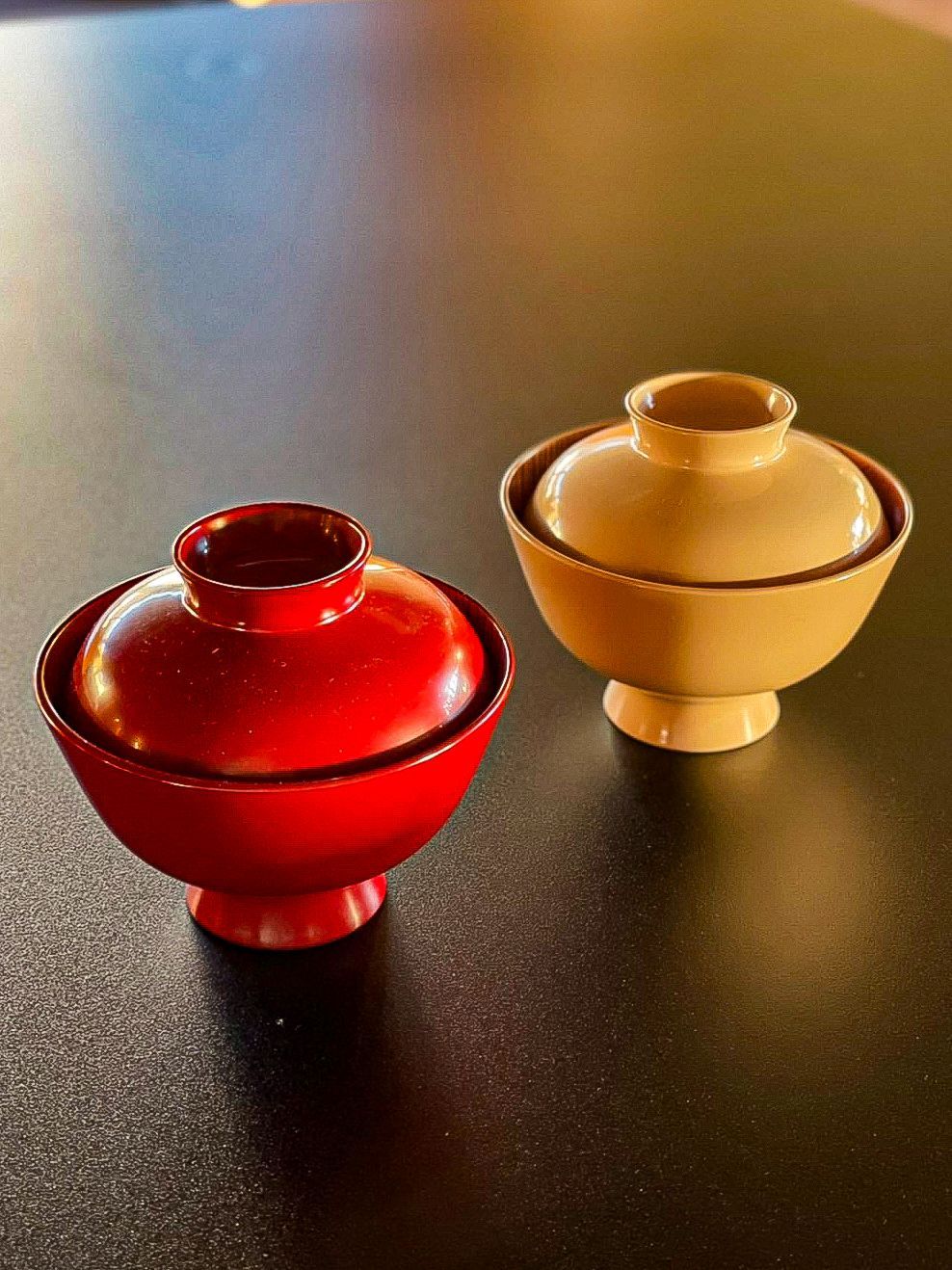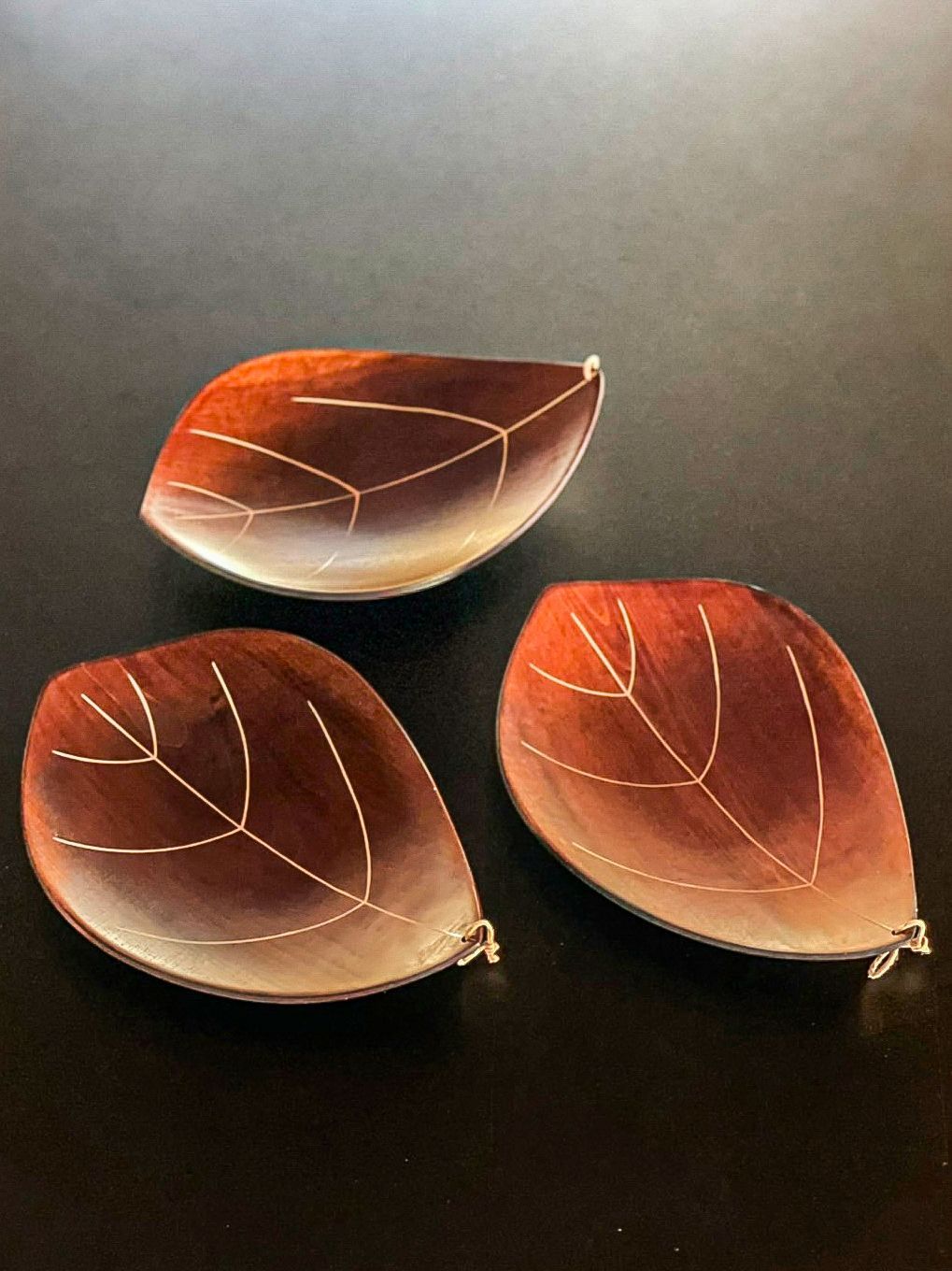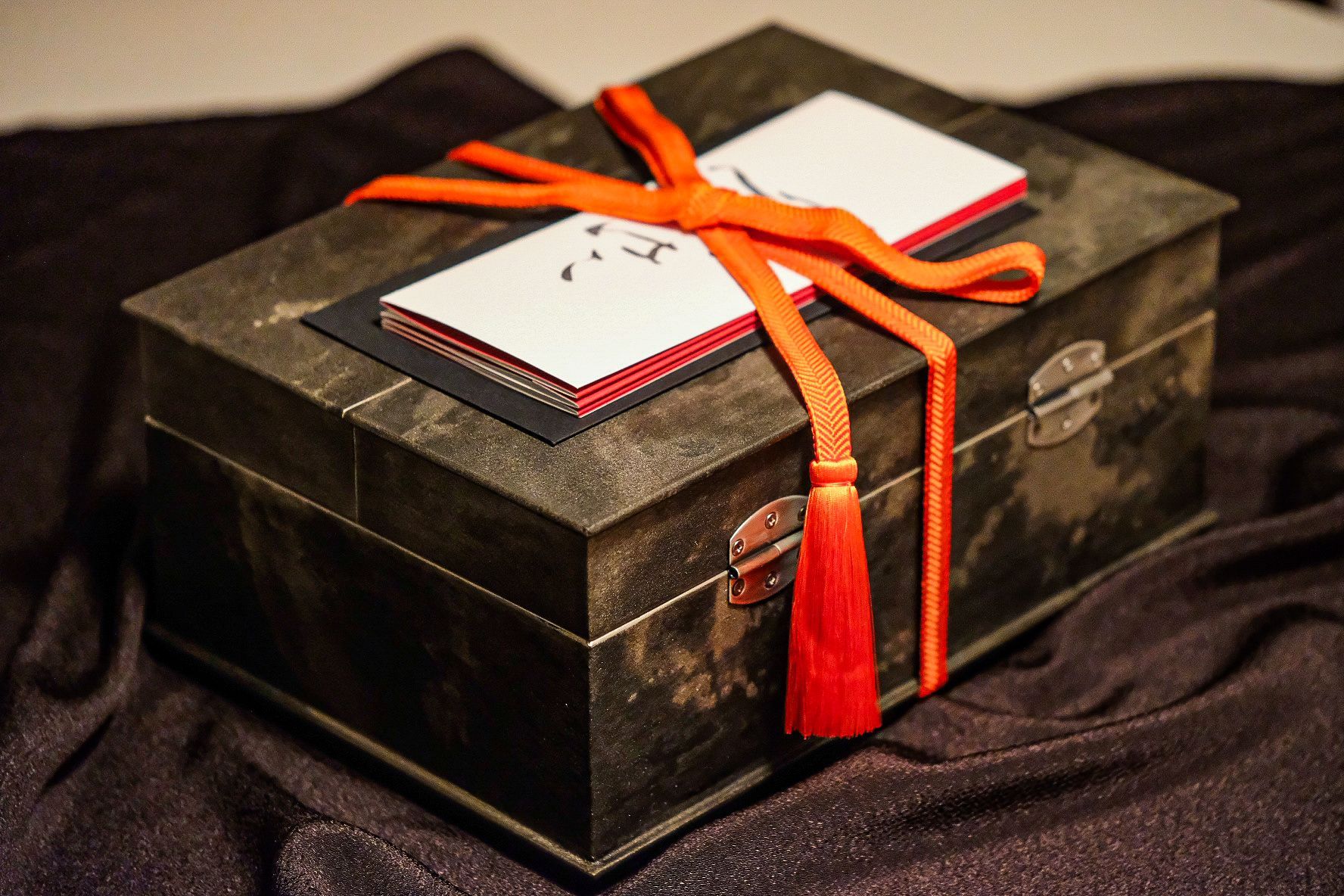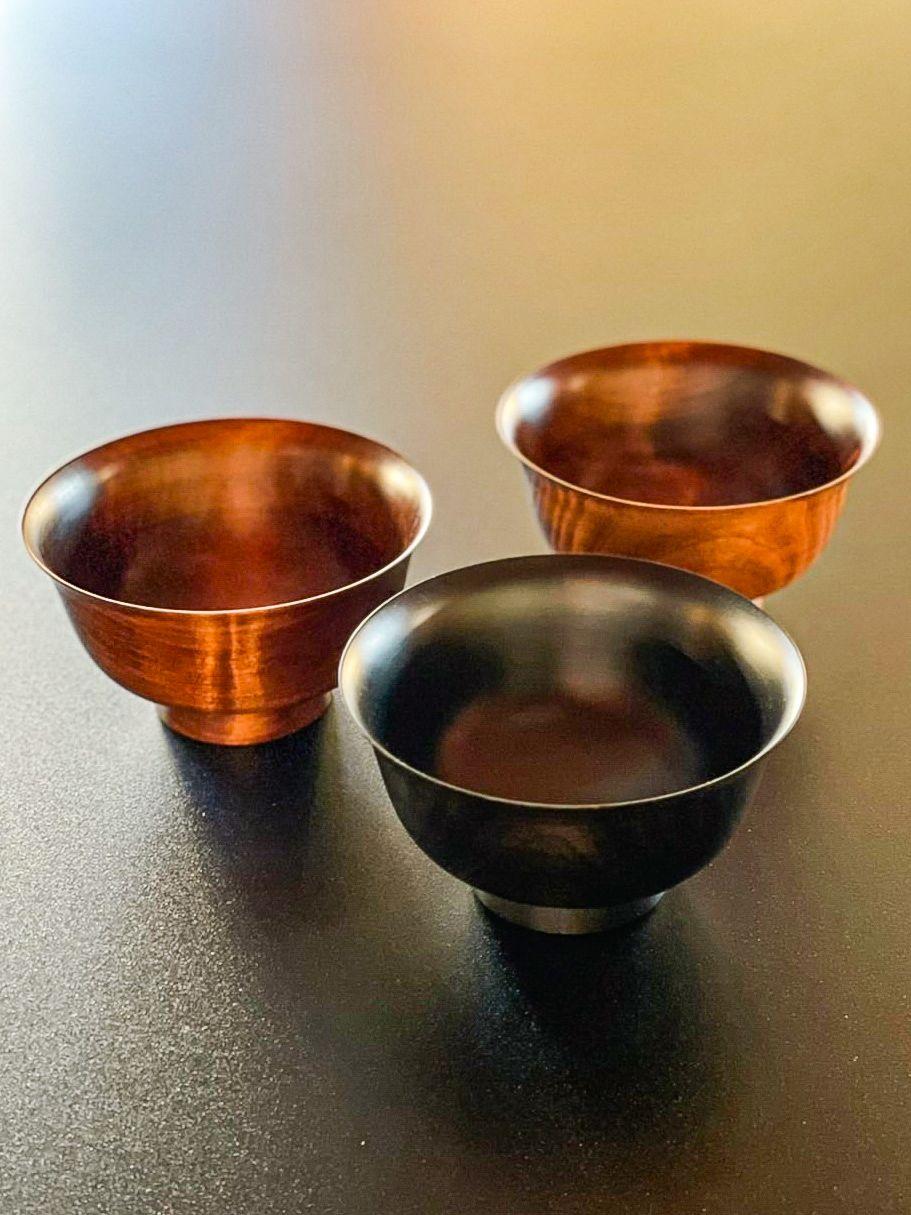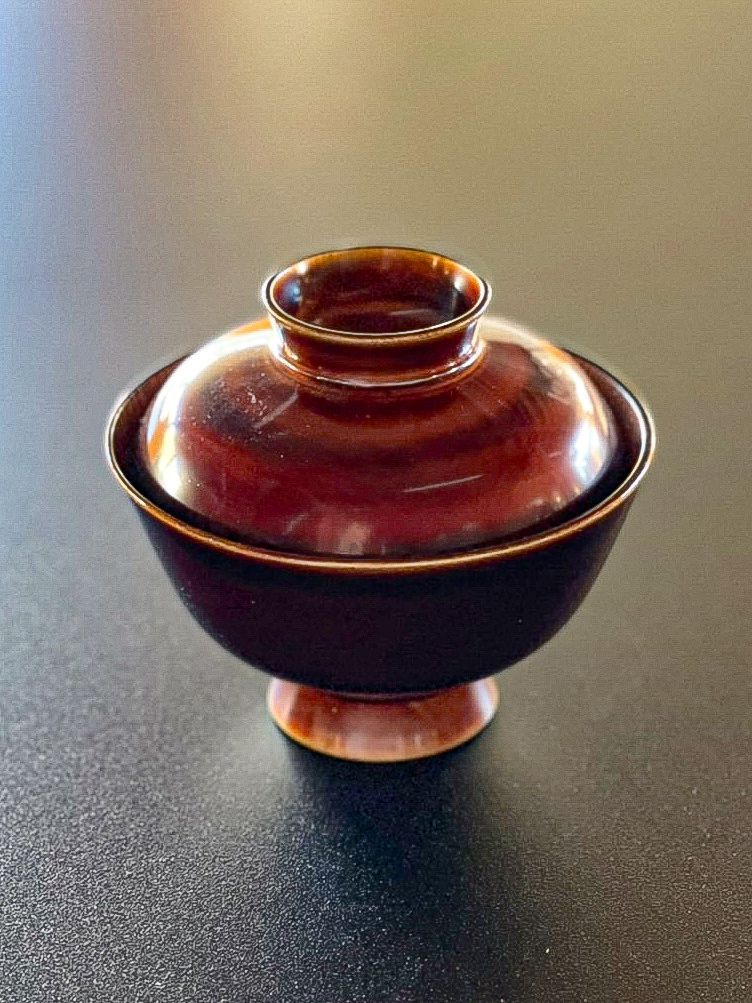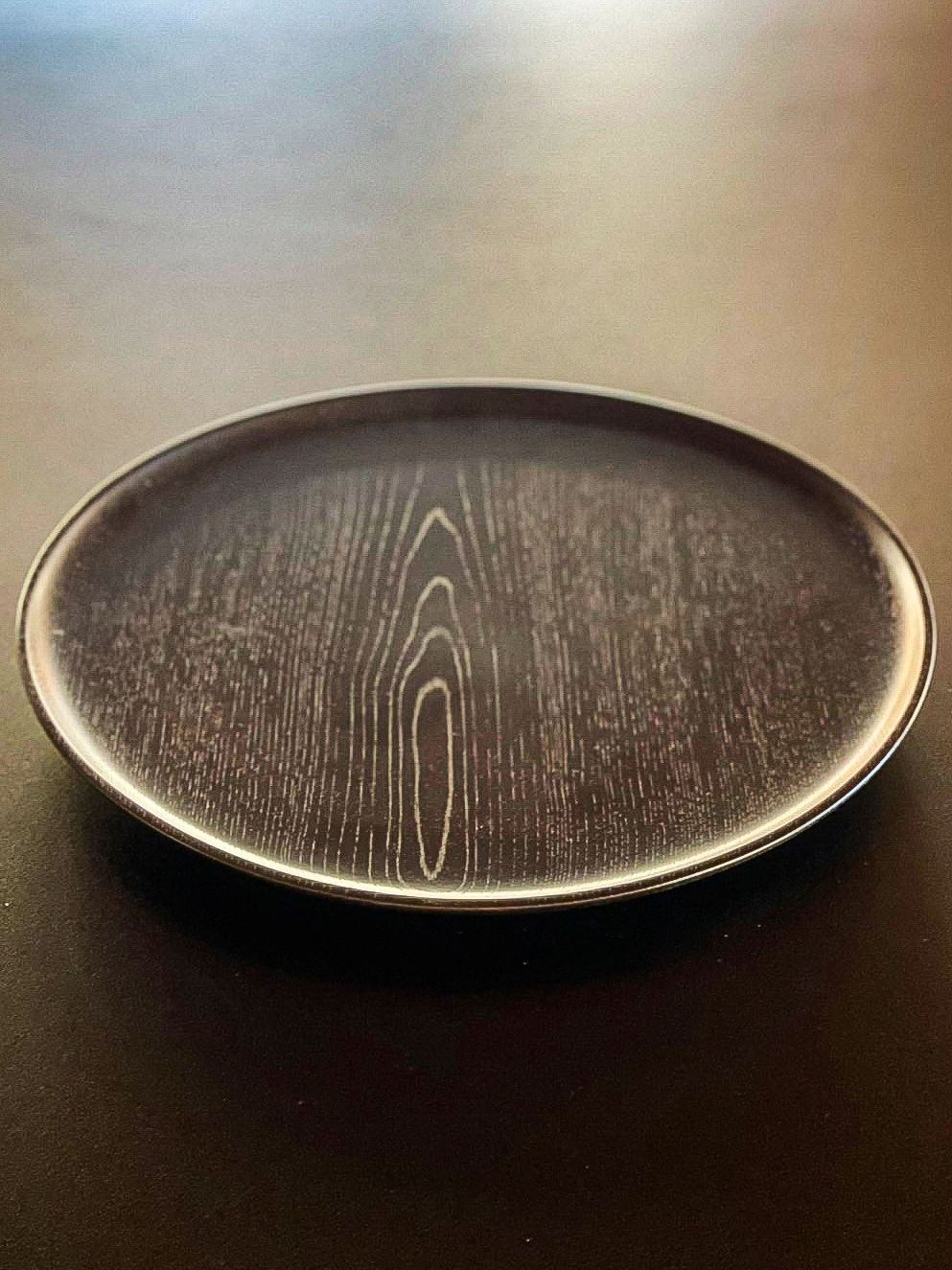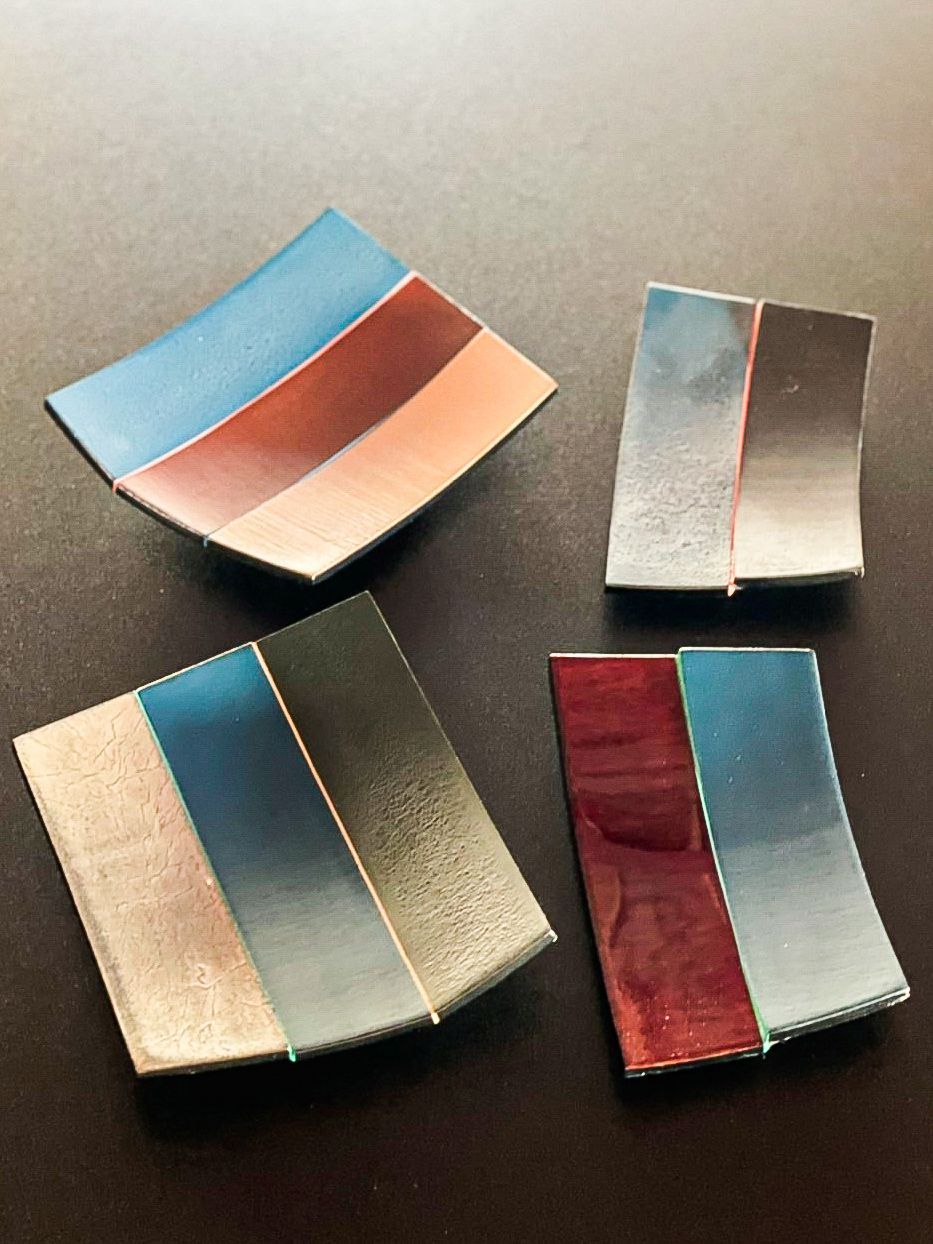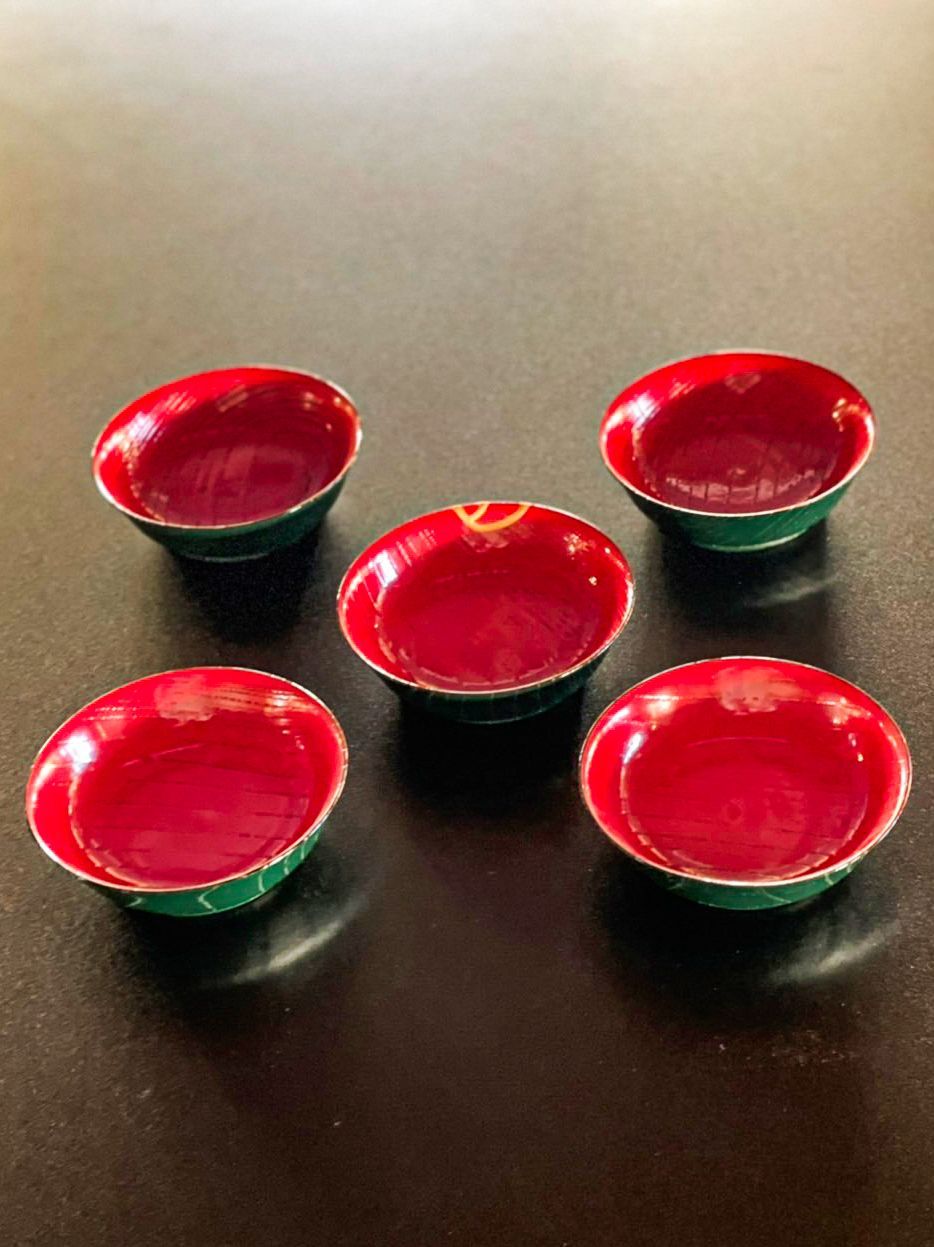Lacquer, Japan artist Masakuni SEKI
Write whatever you want about this artwork.
This multi-layered bento box begins as a finely crafted wooden box. It is then coated with numerous layers of precious urushi lacquer creating a matte finish.
Masakuni SEKI
Lacquer ・ Fukushima
-
Artist's Story
Award-winning designer and producer of Japanese urushi (lacquerware), Masakuni SEKI is working to revitalize a traditional lacquer district in Fukushima by inspiring collaboration among crafts people, developing new products and markets, and bolstering local tourism. Additionally, he is striving to expand use of urushi in architecture, apparel, and accessories.
Seki has created a rural collective where 50 young lacquer-related crafts people share space, machinery, marketing, and distribution resources. By adding a bakery, café and retail space to the workplace, he has created a popular local destination with an urushi focus.
Seki’s work includes a broad range of urushi finishes, including deep and glossy, translucent, opaque, matte, gold makie embellishment, and mother of pearl inlay. He is expanding the lacquer concept beyond “delicate and expensive” to include durable and affordable lacquerware for everyday use, both indoor and outdoor. His works with matte finish or with prominent grain are ideally suited for picnicking and camping because they are light weight and because scratches from normal use are hardly noticed.
Additionally, urushi lacquer has antibacterial properties and is light weight. “Unlike chemical-based plastics, urushi products are very appropriate for use in the forest,” says Seki, a passionate camper.
-
About the Craft
Urushi 漆, a completely natural lacquer coating, has been in use in Japan for 9,000 years. It is the world’s hardest and most durable coating, and can be applied to wood, metal, bamboo, glass, even over hemp cloth (known as “dry lacquer”). Not only it is a protective coating but it has anti-bacterial properties, is easy to clean, and increases the longevity of whatever it is applied to. Clear urushi coating on wood appears more lustrous and beautiful over time, and the wood grain becomes more prominent.
The clear, honey-colored sap from the lacquer tree (Rhus vernacifera) is collected by hand from incisions on the tree trunk; total output of the precious substance which can ever be extracted from one tree is only six ounces (177 cc). Mineral pigments can be added to create any color, such as iron oxide for black urushi or red iron oxide for red urushi.
During the Heian period (792 - 1185), lacquer-coated wooden functional ware was very popular and Japan became Asia’s undisputed lacquer master during the Golden Age of lacquerware which followed. The Portuguese introduced it to the west in the 16th century and it was widely spread in the 17th century by the Dutch East India Company, enthralling royalty and nobility alike. Marie Antoinette amassed a famous collection of lacquerware items. Japanese urushi ware dazzled the west as Japanism spread during the Belle Époque.
Mother-of-pearl inlay is a process of embedding pieces taken from the iridescent inner layer of mollusk shells (abalone or oyster shell, etc.) into urushi. The pieces of shell are arranged in decorative motifs and most often cover a wooden base. The Japanese adopted this methodology from the Chinese in about the 7th century CE.
Maki-e, the most famous urushi decorative technique, is a 1200-year old, native Japanese process involving the sprinkling of gold or silver power on a decorative design of still wet urushi. Makie motifs can either be in burnished, flat or 3-dimentional raised form.
Hyomon is the embedding of metal sheet as an inlay on an urushi surface
Chinkin is the application of gold into decorative patterns which are incised into the surfaces of urushi vessels.
Kinma involves incising decorative motifs in an urushi surface and filling it with colored urushi. It is believed to have originated in Southeast Asia.
Choshitsu is carved lacquer achieved by applying many layers of colored lacquer, usually to a wooden surfaces, then using a metal carving knife to engrave 3-dimensional designs. It takes at least 100 layers of urushi to achieve 3mm for carving. The technique most probably came from China about 800 years or more ago.
-
Click Image to Enlarge
ButtonAnother view of the uppermost image, a custom wooden bento box consisting of numerous sub-containers and coated with a mottled matte black urushi lacquer.
-
Click Image to Enlarge
ButtonBowls coated with translucent urushi lacquer, with wood grain exposed.
-
Click Image to Enlarge
ButtonWooden matcha tea bowls with various styles of urushi lacquer coating, including translucent and opaque, with contemporary ornamentation, including gold makie. Attached are leather straps for hanging storage.
-
Click Image to Enlarge
ButtonWooden covered soup bowls with opaque urushi lacquer coating.
-
Click Image to Enlarge
ButtonWooden, leaf-shaped food platters coated with translucent matte urushi lacquer with exposed wood grain. Attached are leather straps for hanging storage.
-
Click Image to Enlarge
ButtonWooden covered soup bowl, ornamental carving in relief, black matte urushi lacquer coating.
-
Click Image to Enlarge
ButtonExterior view of the custom wooden bento box, with a mottled black matte urushi lacquer finish.
-
Click Image to Enlarge
ButtonWooden bowls, including opaque and translucent with exposed wood grain, matte, and glossy urushi lacquer finish.
-
Click Image to Enlarge
ButtonWooden covered soup bowl, coated with glossy and translucent urushi lacquer finish.
-
Click Image to Enlarge
ButtonWooden serving tray coated with translucent, glossy urushi lacquer finish.
-
Click Image to Enlarge
ButtonWooden side-dish platters, coated with pigment-colored, opaque urushi lacquer finish.
-
Click Image to Enlarge
ButtonWooden bowls coated in glossy red urushi lacquer on inside, glossy green urushi lacquer on outside.
CONTACT ・ Masakuni SEKI
Website: SekiBikodo
Facebook: @sekibikodo
Instagram: @sekibikodo1946
Japancraft21: Email Us
